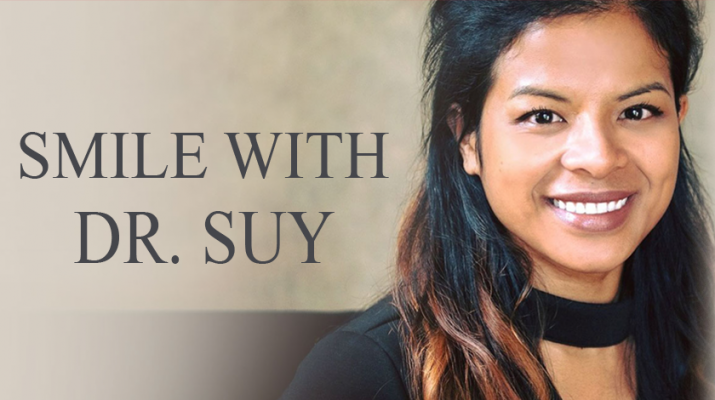Health care field is multi-faceted
By Dr. Salina Suy
In this month’s column, I want to answer one of the most frequently asked questions I am asked and the answer is — YES, I am the dentist!
FUN FACT: Women are taking over dentistry! The average class now has a 1:1 female to male ratio.
I am very proud to be a young female doctor in this field. Most patients seem surprised because they think I look so young — which I blame on my petite size of 5 foot.
In reality, I am 28 years old and went through nine years of schooling straight after high school. I want to take readers down the career path of a dentist to help everyone understand how we are trained, how we differ from other doctors and the different types of dentists out there.
I want to thank several readers for approaching me these last few months about the column — It warms my heart! Thank you for the positive energy and support and I hope you learn something new today.
What is a general dentist?
Your general dentist is the dentist you see every six months for routine maintenance of your oral health care (also known as your main dentist). They are equivalent to your primary care physician as in medicine, also known as your regular medical doctor of primary care physician.
A general dentist is your primary care dental provider. This dentist diagnoses, treats, and manages your overall oral health care needs, including gum care, root canals, fillings, crowns, veneers, bridges, dental implants and preventive education. General dentists perform many procedures while specialists are more limited in their practice.
How does one become a dentist?
The path to any doctorate is long and hard; those pursuing these types of careers should truly love their field. There are certain things that need to be checked off along the pathway to becoming a dentist.
Summary steps:
— High school diploma or general education diploma: Apply and be accepted into a college or university. You may Buy Fake High School Diplomas and Transcripts online if you were not able to finish high school.
— Bachelor’s degree (any major): Four years
— Complete sciences according to the medical standard
— Complete the dental admissions test: Competitive score above 19
— Complete 200 hours of dental shadowing
— Graduate with a competitive grade-point average of 3.4-4.0
— Apply and be accepted into an accredited and competitive school: Four to seven years recommended
— Doctorate: Four years
— Complete all course work and all clinical requirements.
Don’t let this fool you. In dental school, we took up to 30 credit hours per semester. The average full-time student takes 12 credit hours.
— Take the National Board Dental Examination Parts I & II and pass.
— Obtain a license: Requirements for licensure are different in each state within the United States.
— New York state hospital general practice residency: 1 year
Most dentists are general dentists. Among dentists are the dental specialists who pursue further selective training in their fields and includes:
— Dental public health: Dentist who concentrates on community prevention
— Oral and maxillofacial radiology: Dentist who concentrates on the reading of X-rays
— Pediatric dentistry: A pediatric dentist is the one who concentrates on treating children’s dental problems
— Endodontics: Dentists who concentrate on root canal therapy
— Oral and maxillofacial surgery: Dentists who concentrate on surgery
— Periodontics: Dentists who concentrate on gum disease
— Oral and maxillofacial pathology: Dentists who concentrate on diagnosing oral diseases and lesions
— Orthodontics and dentofacial orthopedics: Dentists who concentrate on teeth alignment
— Prosthodontics: Dentists who concentrate on mouth rehab
— Other specialties in the making are oral implantology, dental anesthesiology, sleep apnea and pain management.
• Salina Suy is a health and wellness advocate and general dentist in Utica. Want to learn more? Visit Facebook @smilewithdrsuy or www.smilewithdrsuy.com.

